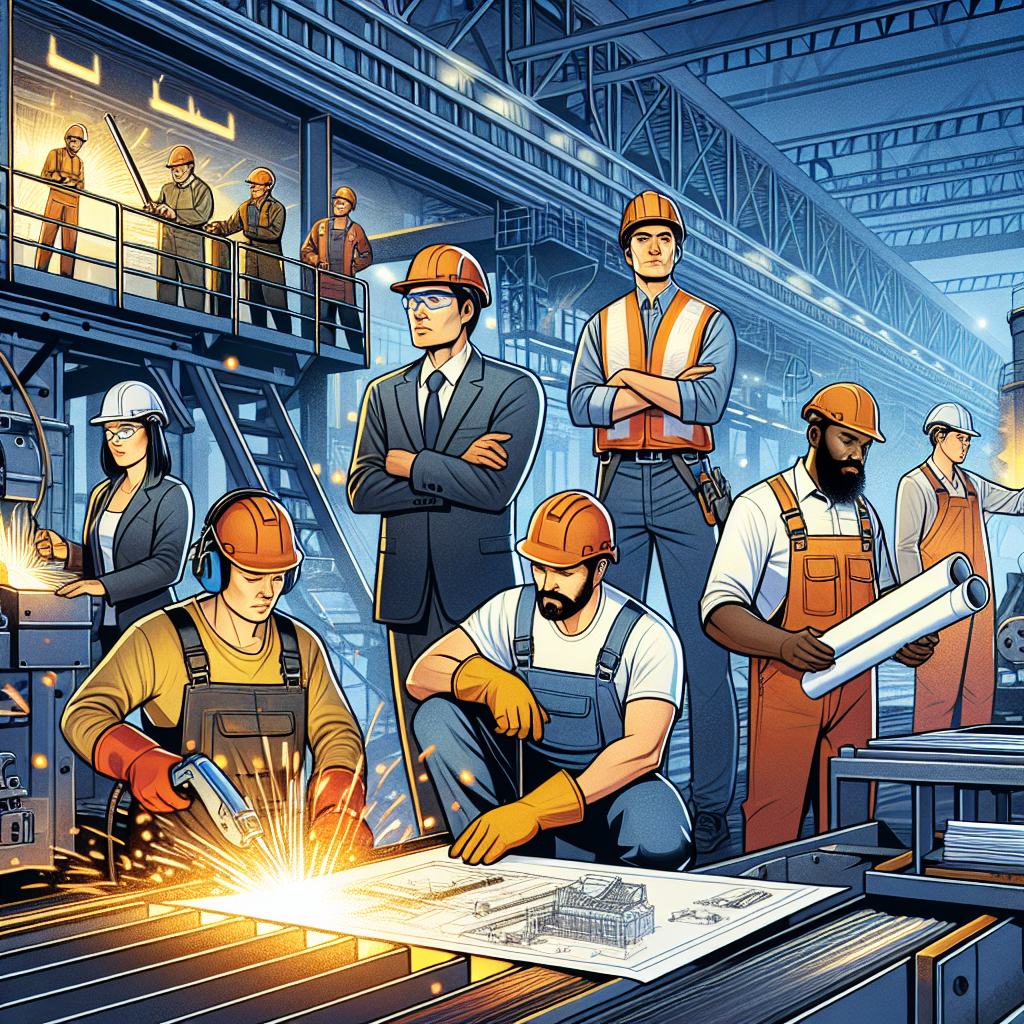Tata Steel's Decarbonisation Drive: Challenges and Future Prospects
Tata Steel is collaborating with the UK government and unions to invest in skill development for workers affected by the modernisation of its Port Talbot plant. The shift to a low-emission electric arc furnace will result in job losses but aims to reduce CO2 emissions significantly. The company also anticipates expansion in India and discussions with the Dutch Government for similar decarbonisation efforts.

- Country:
- India
Tata Steel is actively engaging with the UK government and unions to secure investment aimed at supporting skill development for workers impacted by the modernisation of its Port Talbot plant, according to Chairman N Chandrasekaran.
As part of its ambitious decarbonisation strategy, Tata Steel is transitioning from an ageing blast furnace to a low-emission electric arc furnace (EAF) process at Port Talbot, leading to the loss of approximately 2,500 jobs. Addressing the company's 117th Annual General Meeting, Chandrasekaran acknowledged the challenges this transformation poses and emphasized the company's commitment to supporting affected workers.
The EAF project is expected to cut CO2 emissions by 5 million tonnes annually and maintain the continuity of steel production at Port Talbot, though job reductions are inevitable. Until the transition is completed, Tata Steel aims to protect its downstream assets and rolling mills in the UK, ensuring a stable supply chain for customers, Chandrasekaran noted.
(With inputs from agencies.)










